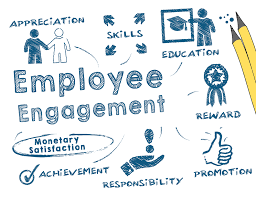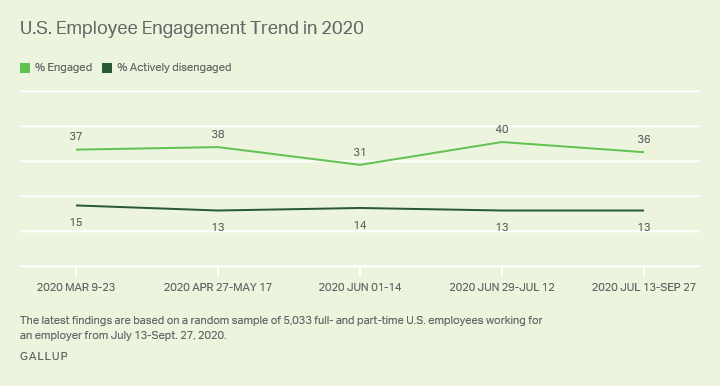
Think twice before you speak because your words and influence will plant the seed of either success or failure in the mind of another. – Napoleon Hill
One day a farmer grabbed his shotgun to shoot at a flock of pesky crows. Unfortunately, he didn’t see his sociable parrot that had joined the crows. After firing a few shots, he walked over to the fallen birds and was surprised to find his parrot badly ruffled with a broken wing.
When the farmer’s children saw the injured bird, they asked, “Dad, what happened?” The farmer simply replied, “Bad company.”
In leadership, one of the greatest responsibilities you have is to add value to your people and to increase the level of your influence in a positive way. As a leader, this ought to be top of mind in your thinking, but also in your actions. Are they lining up?
As you consider how to elevate your leadership influence, perhaps a good place to start is with these questions.
Are you investing in yourself as a leader?
After 30+ years in leadership here’s what I have learned – growing as a leader is a lifelong process. There’s never been a time in which I can say that I’ve learned it all. Before you can be a leader of influence in the life of those around you, you must first invest in your own personal growth and development as a leader. You have to grow yourself before you can grow others. Click To Tweet
Do you see the intrinsic value and worth of the people you lead?
It’s a simple leadership principle but one that needs to be established – if you don’t place value in the people that you lead, you will be unable to add value to them. Not everyone you lead has the same potential, but everyone has potential. Make sure that you value and respect the people that you lead, if not, your influence will be marginal at best.
Are you aware of the power of your words and actions?
The overwhelming influence you have as a leader comes from your words and actions. There’s no escaping it. The Biblical advice, “…let every person be quick to hear, slow to speak, slow to anger…” (James 1:19) is advice we can all learn from. Your words, actions, and temperament as a leader will go a long way in determining how much influence you will ultimately have. Click To Tweet
Do you have the right motives?
In leadership, it’s important that you are using your influence for the right reasons. There’s no greater joy for a leader than to add value, build relationships, and help others grow and develop in their leadership. But sadly, not every leader has unselfish motives. Your influence as a leader is proportional to your motives and integrity.
So long as you see relationships as transactional – what’s in it for me- then your influence as a leader will be scarce and eventually people will see through it. Be genuine and authentic and your influence will increase.
Can you keep your ego in check?
I’ve said it many times over the years and it still rings true today – expressions of servant leadership are found when you concede being in the spotlight by putting someone else in it. And this cuts to the heart of what leadership is all about. The day you and I discover that it’s not about us is the day we truly understand leadership. When your influence as a leader puts someone else in the spotlight is a time of celebration, not jealousy. So long as you hold onto your ego, you will have a hard time being an influential leader.
Who’s in your circle of influence?
Elevating your leadership influence begins with identifying who is in your circle of influence and being intentional with it. Who are you reaching? How are you adding value to them? In what ways can you improve upon what you are doing? How can you expand your circle and be a more productive leader? Knowing the answers to these questions will help you increase your influence.
©2021 Doug Dickerson

The Cardinal Point Leadership Podcast is coming in January 2021! The Cardinal Point Leadership Podcast is for leaders young and old. My desire is simple – to cut through the clutter and deliver leadership content that is relevant, practical, and useful. Here we will talk about leadership development, employee engagement, servant leadership, and much more.












